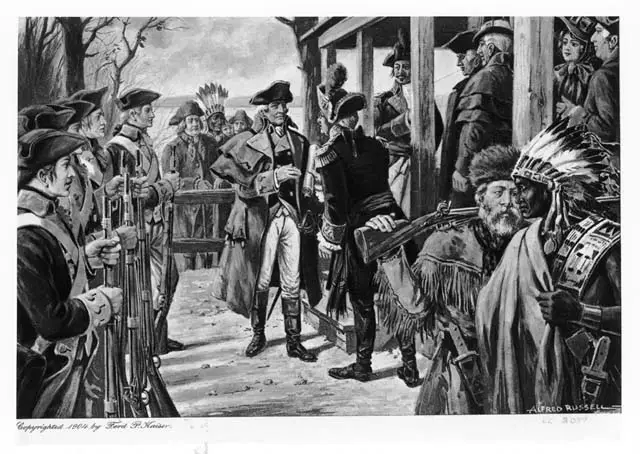Louisiana Purchase
The Louisiana Purchase occurred in 1803 and was the purchase of land by the United States government from the French for $15 million. It included 828,000 square miles and, in the future, would make up fifteen states.
The Louisiana Purchase almost doubled the size of the United States and included in the east, the Mississippi River to the Rocky Mountains of the west, as well as New Orleans in the south.

It also included most of what is now North Dakota, Montana, Minnesota, an all the way to the Canadian border. The Louisiana Purchase is considered to be the cheapest land purchase that the United States ever made. The total price came out to around 3 cents per acre.
There were a lot of things happening in 1803 that all came together to make the Louisiana Purchase happen. Thomas Jefferson was President of the United States and was eager to expand the country to the entire continent.
Jefferson supported the idea of expansion, especially as it had to do with opening up new farmlands to pioneers and farmers to help to support a growing nation. Meanwhile, there were more and more immigrants arriving from Europe looking for opportunities. The population was growing, and America needed land.
While Jefferson and some of the politicians wanted to expand, the French Emperor Napoleon had wanted to hold onto the land to try to create a French empire in the Americas.
The land involved had originally been owned by Spain and France then purchased it from them. However, Napoleon owed a lot of money, and his high debt was an encouragement to sell off the Louisiana Territory.
At the time, France and England were enemies, and Napoleon didn’t have a problem selling the land to the United States if it caused difficulties for the British.
Not all of the American politicians supported the Louisiana Purchase. Many thought that Jefferson didn’t have the right to make such a huge land buy, especially with the possibility of going to war with Spain over land. Congress almost didn’t pass the Louisiana Purchase, and it was a close vote of 59-57.
Once the land was part of the United States, Thomas Jefferson began to plan exploration expeditions to get an idea of what was included, a map of the land, and what kind of territory the United States had bought.
He coordinated the famous Lewis and Clark expedition to travel from the Missouri River and eventually arrive at the Pacific Coast. Jefferson also established the Pike Expedition that explored the Great Plains an all the way into what is now Colorado. A third expedition covered the Southwest and is known as the Red River Expedition.

Even as the Louisiana Purchase was finalized, the topic of slavery came up. Slavery was accepted as part of life in the southern states and had been rejected in the northern states.
However, Congress wasn’t sure what to do about the new lands and territories that the Louisiana Purchase opened up. Slavery continued to be an arguing point as those people living closer to the south wanted to maintain slavery to keep their economy going.
Allowing or prohibiting slavery eventually led to letting the individual states make their own decisions as they were accepted as states.
What did you Learn?
How much did the United States pay France for the Louisiana Purchase?
$15 million
Why were so many in Congress against the Louisiana Purchase?
They didn’t think Jefferson had the right to make the decision
Why were the two reasons Napoleon agreed to sell the land in the Louisiana Purchase?
High debt and knowing that England wouldn’t get the land/cause problems for England
How many square miles were included in the Louisiana Purchase?
828,000 square miles
What is the most famous expedition that Jefferson sent out to explore the west?
Lewis and Clark
What topic remained a problem during and after the Louisiana Purchase?
Slavery



